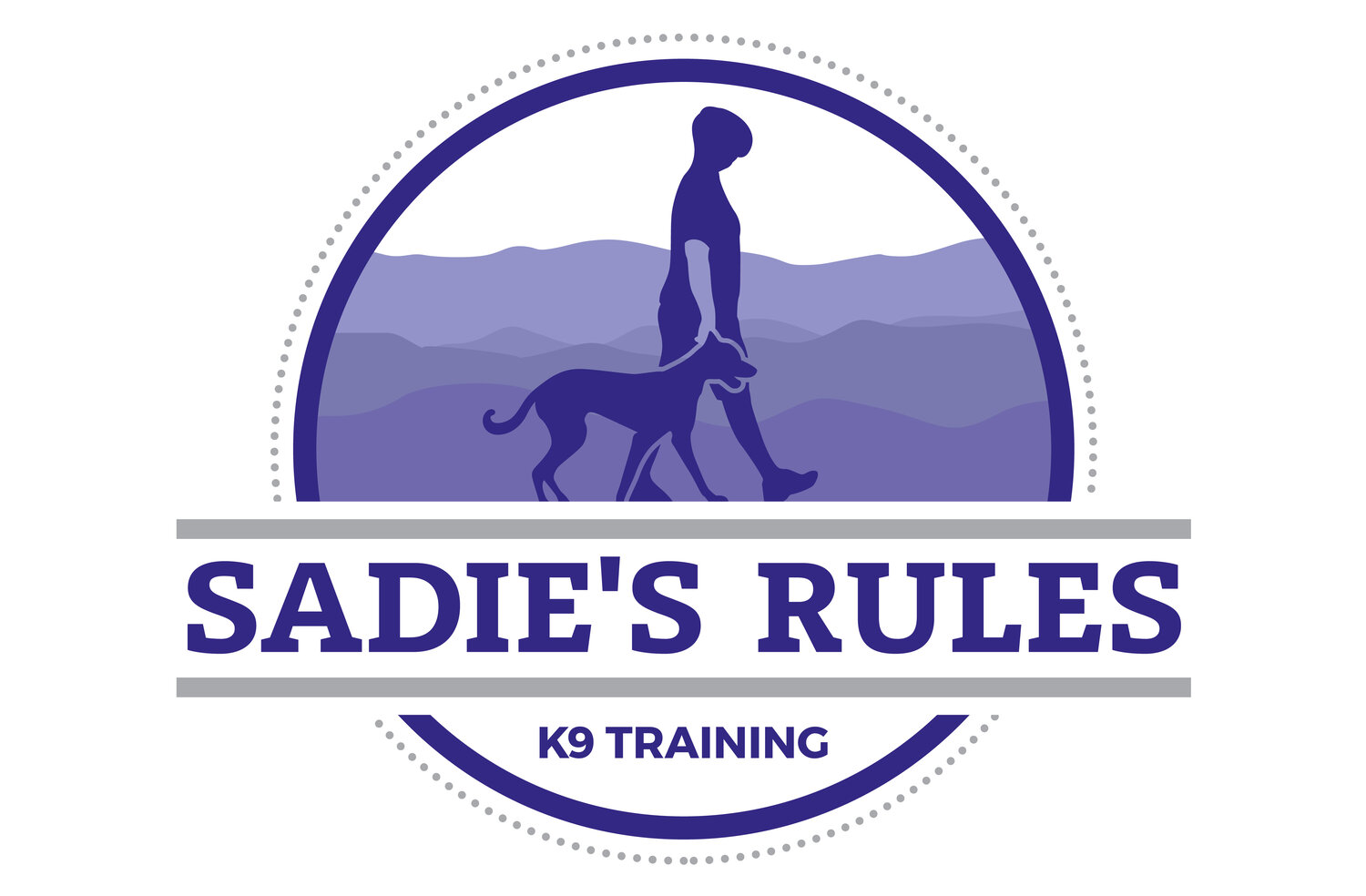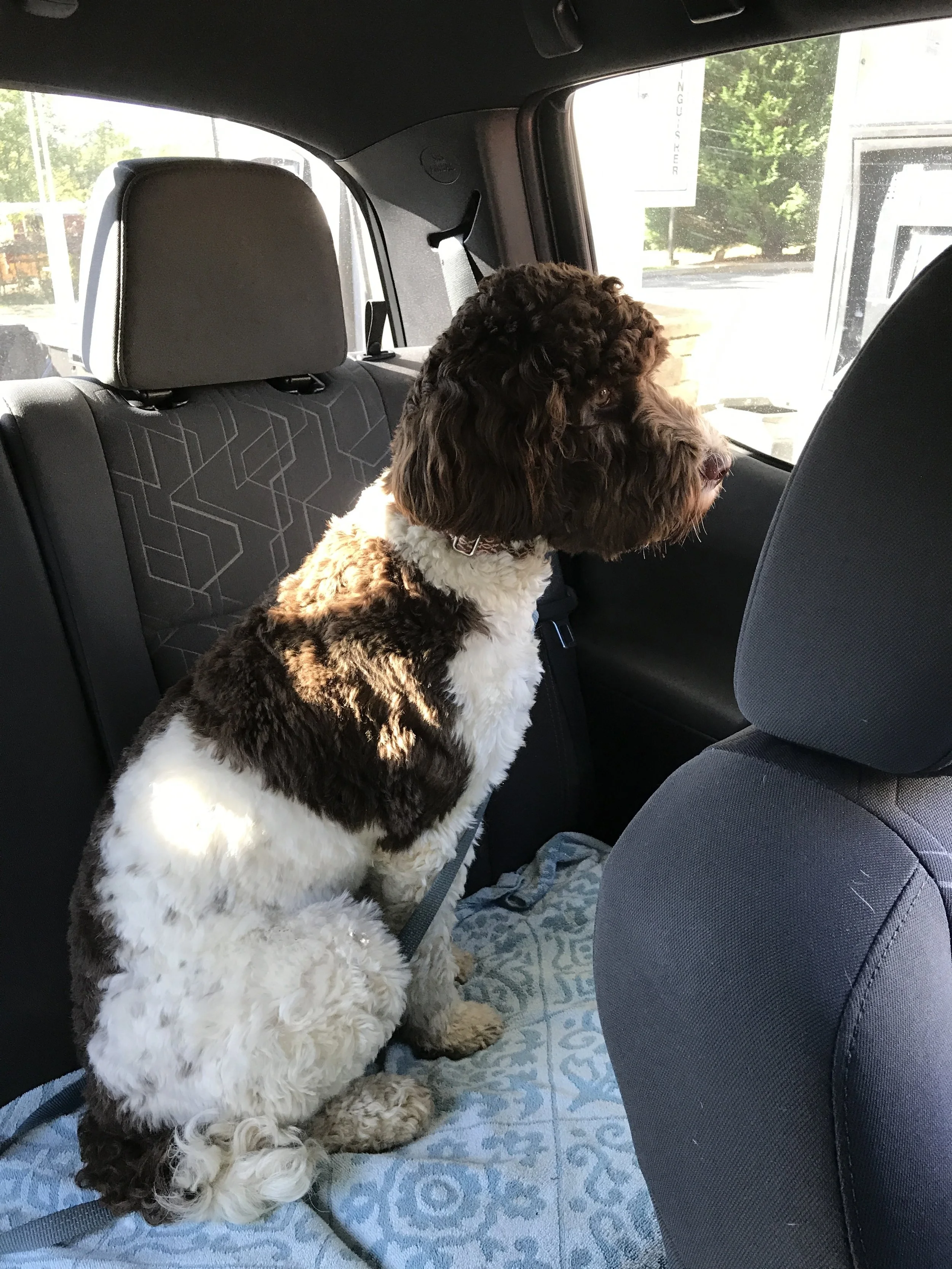Today is the day. You are finally bringing home your new family member. You have everything you need! You even picked out his name and have a tag and collar waiting. The kids are excited too and your spouse, well, they will love the new dog in due time. When you bring the dog through the door you want to give him time to acclimate and learn his new surroundings. You let him off the leash and he moseys around, a little hesitant, sniffing here and there. A few minutes later he goes to raise a leg and you catch him, emphatically saying “No!” and rushing him out the door. He seems less interested in peeing outside but finally he does. Good catch. Back inside it’s more of the same. Some hesitation, sniffing, in and out of different rooms, and he pays little attention to the family he is supposed to love. After a few days, he is not hesitant anymore. He is finding shoes to chew on, scratching at the floor, chewing on the furniture, and he has peed in the house so many times you have lost count. You have been taking him on countless walks, struggling to walk him down the street as he pulls you in every direction. Yet, he is still peeing in the house in between his destructive antics. About the only time he seems to listen is when you have a bowl of food in your hand, which is eaten in less than 10 seconds and you worry he might take your hand with it if you don’t get it out of the way fast enough.
What went wrong? His information card said he was housebroken, loved people, and gets along well with other dogs. You realize if this does not turn around quickly you might have a real problem on your hands, or at least, a very smelly house and an unruly dog that doesn’t seem to care you exist except for the food you feed him.
So now what? Let’s get things turned around and we are going to do that by making you, the owner relevant to your dog and by gaining his respect first.
Put a short leash on the dog and have it drag it around for the foreseeable future. This helps the dog to realize that no longer does it have free reign. Will it ever have free reign of the house again? Possibly, but it is going to have to show you that it can do so without being destructive and for now, it does not need freedom. It needs STRUCTURE.
Teach the dog thresholds in and out of the crate (see my videos on youtube of how to teach this)
Teach the dog the place command (see my videos on youtube of how to teach this)
Feed the dog in one of two ways:
A. the dog works for its food by doing commands such as sit, down, recall (see my videos on youtube)
B. feed it in a bowl with impulse control--have the dog sit, set the bowl down and then release the dog to eat by saying “ok” or “break” or “eat.” IF the dog goes for the food before you have given the command, simply pick the bowl back up and repeat until the dog waits politely.
5. Crate the dog--anytime you are not home, anytime you are not working the dog, or anytime you can not give it attention to make sure it isn’t getting into trouble. Anytime the dog comes out of the crate after being in for more than an hour or so, take it outside to use the bathroom. Within a few days, the dog should be housebroken.
6. Teach the heel command and implement daily structured walks
Finding the balance is going to take some time so be patient with yourself and the dog. The commands I have listed above such as place and heel aren’t commands the dog can master in a day. Teaching the commands needed for a peaceful coexistence requires repetition, patience, and time; all of these can be in very short supply with a new family member terrorizing your home. This is where programs like my board and train can be beneficial. I work each of these commands hundreds of times with the dog and proof their ability to maintain what they've learned at home. Dogs are given highly structured routines and they thrive because they know the expectations. It's a shared responsibility between you and your dog. By doing daily work with your dog, and asking them to do work for you, you start to create a different relationship that will be based on respect and will be valuable throughout the dog’s life. Give dogs too much freedom and no accountability and they will find ways to occupy themselves, usually in the most destructive ways.

